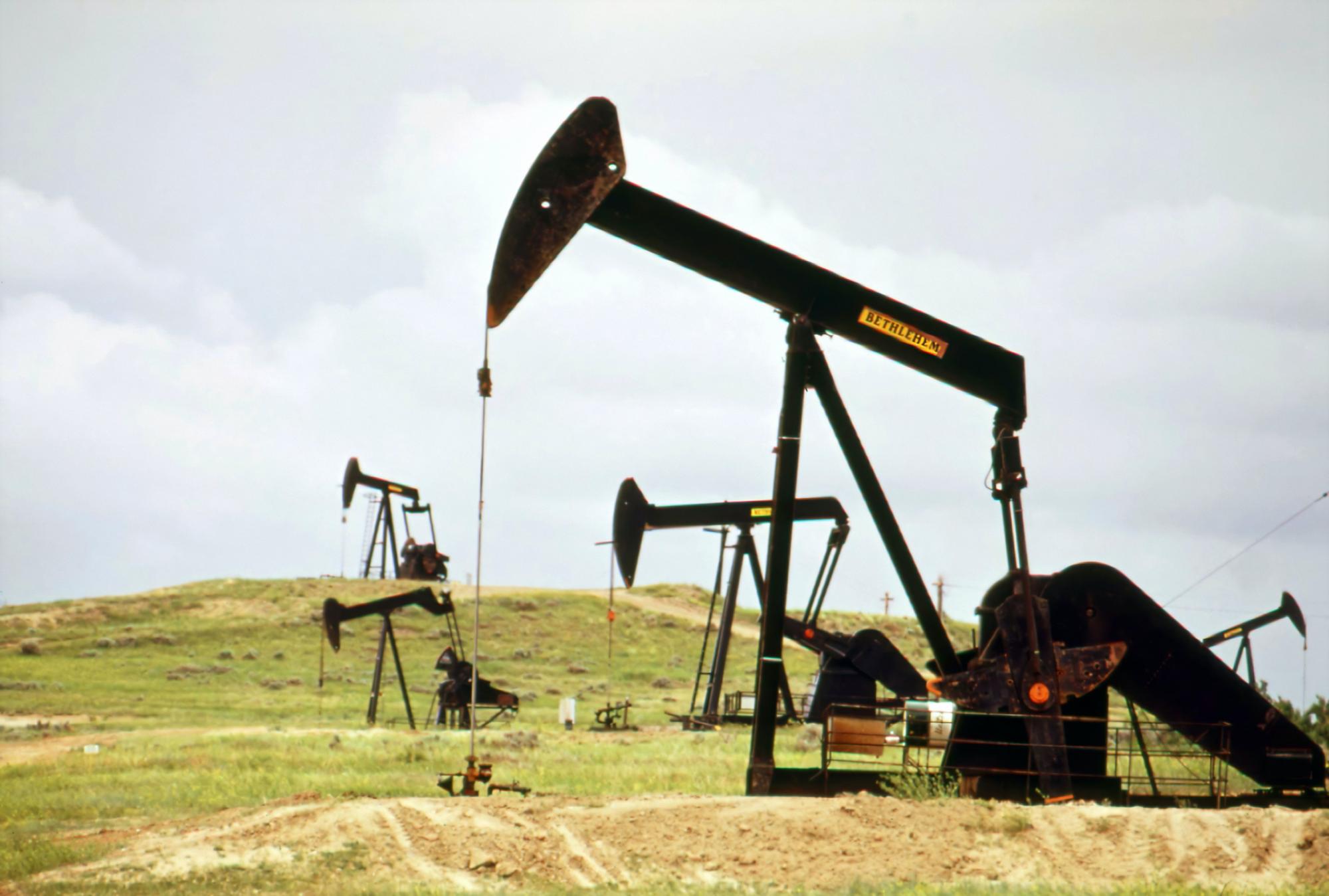Test- FTSE 100 Kicks Off August on a High as BP and Senior Lead Market Momentum
$11
10 Oct 2025, 13:13

Unsplash.com

The report on crude and gasoline product inventories that showed strong U.S. demand drove up oil prices on Wednesday, which were trading close to their highest levels since April.
Compared to experts' predictions of a reduction of 1.37 million barrels, US oil stockpiles decreased by 15.4 million barrels in the week ending July 28, according to market sources quoting American Petroleum Institute numbers.
According to records going back to 1982, the API drawdown amount would be the highest decrease in U.S. oil stockpiles if the U.S. government statistics, which are coming later on Wednesday, match it.
According to API statistics, gasoline inventories decreased by 1.7 million barrels as opposed to forecasts calling for a 1.3 million barrel decrease. In contrast to experts' predictions of an increase of 112,000 barrels, distillate inventories decreased by 510,000 barrels. Both point to a strong immediate gasoline demand in the United States.
As demand for crude oil outpaces supply, which has been restrained by significant production cutbacks from Saudi Arabia, the de facto leader of the Organisation of the Petroleum Exporting Countries (OPEC), which has supported prices, crude oil stockpiles have also started to decline in other regions.
In a meeting of producers on Friday, analysts anticipate Saudi Arabia will prolong its voluntary oil output reduction of 1 million barrels per day (bpd) for one more month, to cover September.
When a panel meets on Friday, OPEC+, which consists of OPEC and allies led by Russia, is unlikely to change its existing oil output strategy as tighter supplies and robust demand fuel an upward in oil prices, six OPEC+ sources told Reuters.
There are worries that China, the world's largest oil importer, may slow down as prices increase. Fuel demand may be weaker than anticipated, according to dismal PMI data reported this week.
(Sources: investing.com, reuters.com)